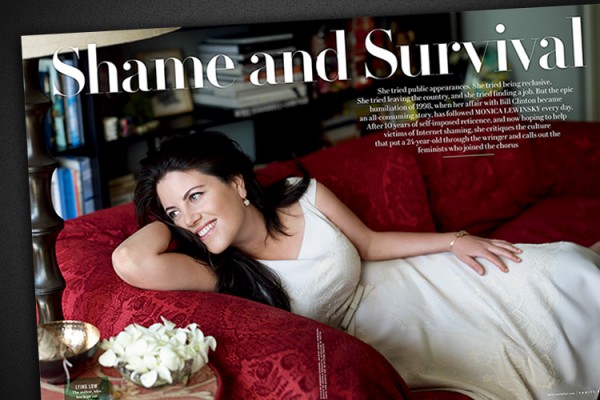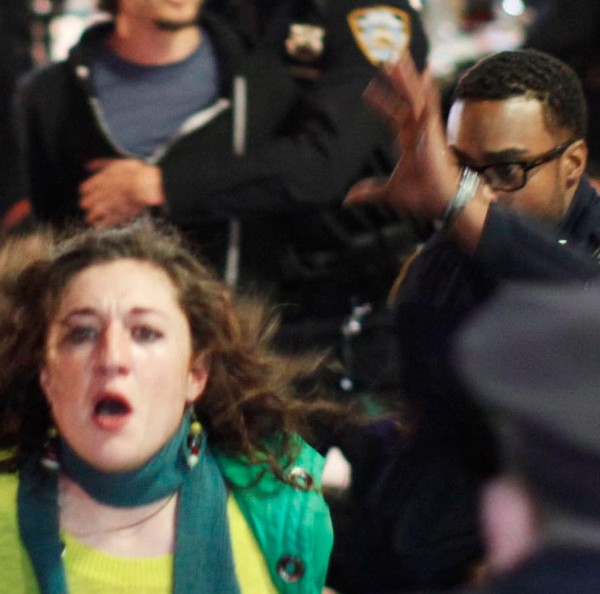Notes
That Vanity Fair Monica Lewinsky Spread: Black and White and Re(a)d All Over
The title of Jessica Valentis piece at The Guardian, reads: “Monica Lewinsky’s return to public life is brave. Are we brave enough for her?” That’s followed by the sub-head: “In a new Vanity Fair article, the former White House intern emerges on behalf of victims. In the age of slut-shaming, let’s support her – not succumb to scandal.“Is it “slut shaming” Monica Lewinsky to critique this VF spread which is being circulated all over the place to promote the upcoming print issue? And why, does Lewinsky, or anyone, deserve a free pass to return to “public life.” In fact, why does anybody deserve status as a public celebrity if they aren’t in a job that inherently bestows public recognition on them?
Addressing the timing first of all, isn’t this the last chance Ms. Lewinsky had to “return to public life” given the prospect of Hillary entering the 2016 campaign? And, having lived a “non-public life” for the past ten years, is it possible this “coming out” might have been inspired by enmity that Bill Clinton might be on his back to the White House?
But let’s talk about the imagery. I can’t believe I’m saying this, but where’s Annie Leibovitz when we really need her? If the alternately humbled and retributive tone and text of the page copy and the accompanying online post is running cover for the image, it’s too crass and sophomoric to hold up its end.
• The color scheme is an all too cute play on patriotism and, by inference, the presidency and Clinton, inferring the former intern was done in by America. If you read the accompanying post, you see Lewinsky referencing the symbolic retiring of the blue dress — after she emphasizes, for the record (as in, Beyonce’s) who’s stains were who’s. Yes, it’s red, white and no more blue, riffing on the flag, and patriotism, and cheap sex on the nation’s dime.
• Not surprisingly, this is not the picture of someone who has either moved on or who wants to be taken seriously. The way Monica reclines for the camera, her averted eyes making no claim on our consideration of a face or a mind, what were left with (if it’s not a parody on her claim to fame) is the act of her giving her body. It’s the white dress and the bordello red couch that I find so cheap. Is the point of the pure white dress that this passage of time — and again, the long hiatus from the circuit –has restored her purity? And then, with the racy red couch in juxtaposition with the whiteness, is the message that she’s transcended the raciness or just put it behind her. Unfortunately, even if she doesn’t have to see it, that red is screaming at us.
• Finally, there’s the counterpoint there between her demure smile and her empty ring finger. Given that the visible hand is so central, such a highlight (not to mention, the element we’re left with reading left to right), I can’t help thinking this is also part of the “casualty narrative.”
Am I being too harsh? And, studying this photo for yourself, is it saying “bravery” to you?
(photo: Mark Seliger for Vanity Fair)



Reactions
Comments Powered by Disqus